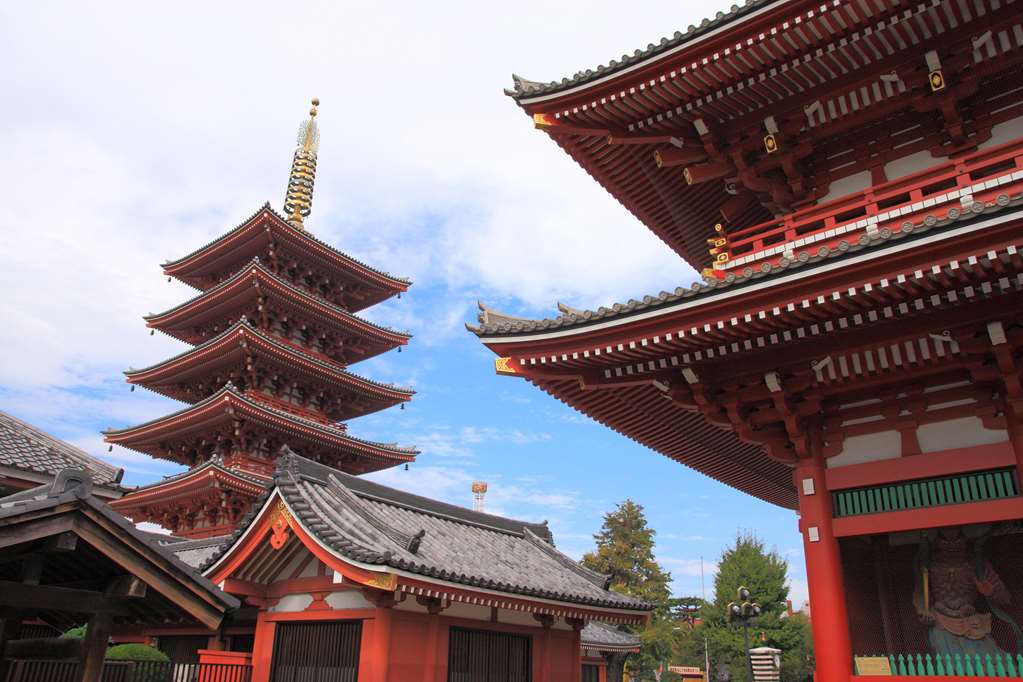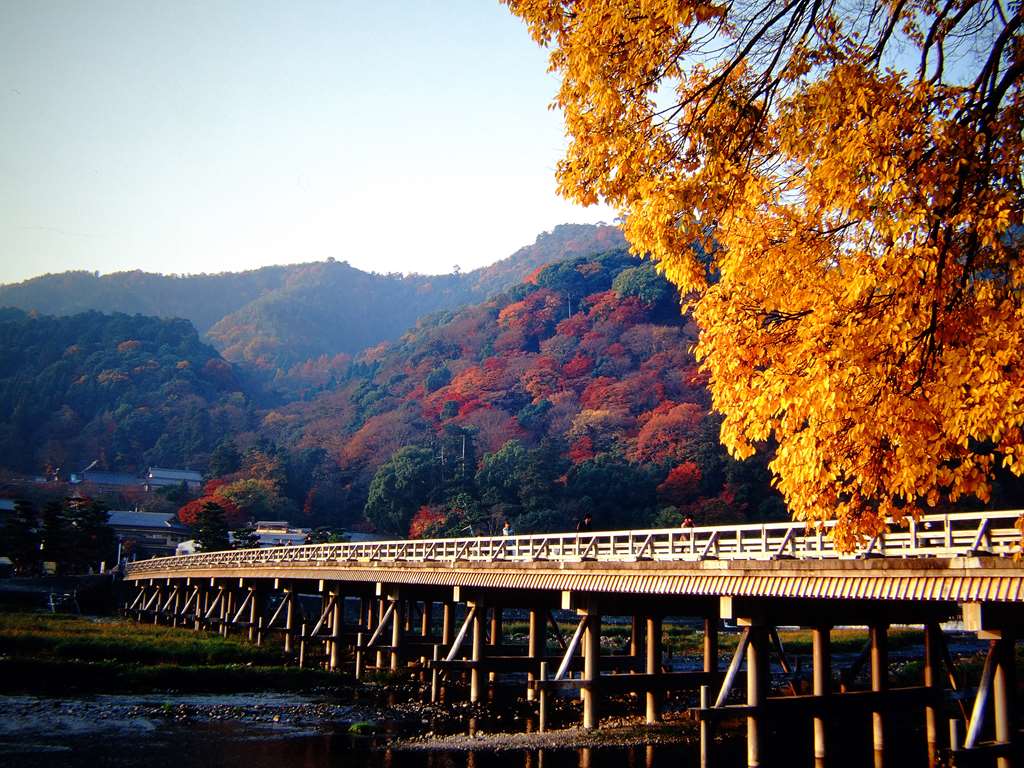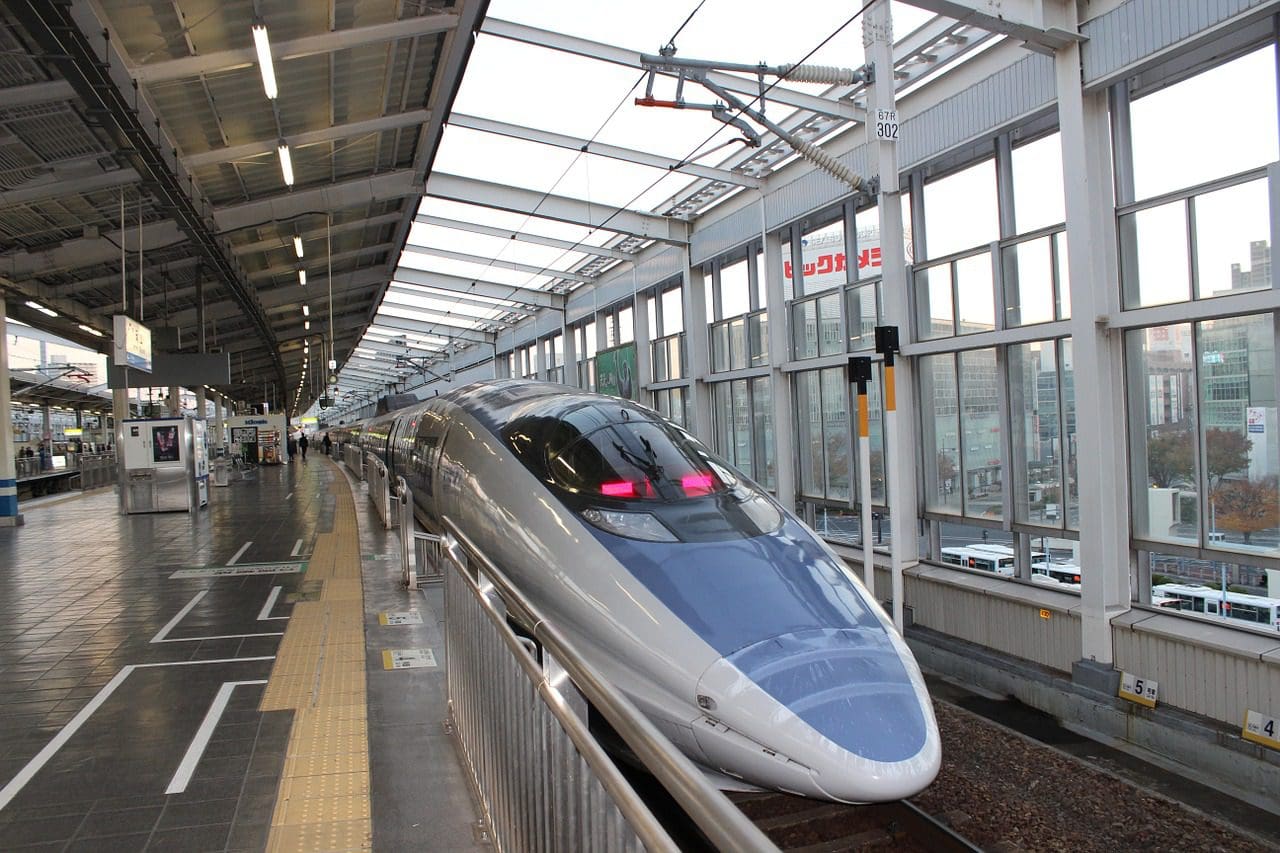 Liza Pitzer, Director of Covington’s Business Travel Services, is a big fan of Japan. She recently made her third trip there and shares some helpful tips to help you explore Japan with ease and confidence.
Liza Pitzer, Director of Covington’s Business Travel Services, is a big fan of Japan. She recently made her third trip there and shares some helpful tips to help you explore Japan with ease and confidence.
Money
Cash is king! In the US, it is common to charge just about any purchase, no matter how small, to a credit card. In Japan, it is expected that you will pay cash for smaller purchases, and only use your credit card for larger purchases such as your hotel stay, fine dining, high-dollar purchases, etc. Some taxis may be equipped to handle credit cards, but most only accept cash. I’ve found that the least expensive and easiest way to get Japanese currency is to use a debit card at ATM’s. 7-11 convenience stores are plentiful in the larger cities, and their machines have an option for English instructions. Be sure to check with your bank about foreign transaction fees.
Coins are available in denominations of 1, 5, 10, 50, 100 and 500 yen and bank notes in denominations of 1,000, 2,000, 5,000 and 10,000 yen. Since 1 to 500 yen are in coin form, you will quickly find yourself with a pocket full of change. I highly recommend getting a change purse; both men’s and women’s styles are easily found in any store in Japan.
Speaking of the Yen, a great place to buy small souvenirs is a 100 Yen store. This is the Japanese equivalent of our Dollar Store but in my mind a lot more interesting. It’s a great place to buy candy and small gifts for friends back home, but it’s also an inexpensive place to pick up snacks and drinks to throw in your backpack.
Transportation

Explore Japan Using Rail
We were in Japan for two weeks and planned lots of day trips outside of Tokyo and Kyoto, so it made sense for us to purchase a Japan Rail (JR) Pass. This pass can only be purchased outside of Japan, so you must buy it before you go, and you pick up your pass at the JR ticket office at the airport upon arrival. With this pass, you are allowed to take any JR train – the Narita Express train from the airport to Tokyo, as well as some of the Shinkansen (Bullet Trains), but make sure you ask if they accept the JR Pass when reserving your train. When using the JR Pass, you must physically show your pass to the attendant at the turnstile entrance to the platform, so don’t try and scan it or use the turnstiles, as it won’t allow you through.
If you take a Shinkansen, you must make a reservation in advance. Most major train stations have a specific ticket office for these trains, and we simply stopped in the day before we planned to take the train and reserved our seats in advance. It’s as easy as showing your JR Pass, telling them the train you’d like, and they hand you a ticket. We usually planned at least a day in advance, but on one occasion we reserved only about two hours in advance and had no issues.

Likewise, for the Narita Express train to and from Narita Airport to Tokyo, you must make your reservation in advance. Upon arrival in Narita, you can reserve your Narita Express train at the same time you pick up your JR pass. For your return trip to the airport, you can reserve up until a few hours prior to your train time.
Not all trains are operated by JR, so a couple times we purchased individual train or subway tickets when a JR train was not available. The route maps are sometimes pretty complex and confusing to determine the exact train fare needed to get from Point A to Point B. We found that if you simply purchase the lowest fare available, then at your destination use the Exit Fare machines to determine your total fare, you never had to do the calculations. Simply insert your fare card and it will tell you the additional amount you need to enter, and you’re good to go!
Explore Japan Using Buses
In Kyoto, we found ourselves taking more buses than trains or subways, and it can be a bit confusing. Buses have two sets of doors – one up front by the driver, the other to the rear of the bus. Always enter the bus by the rear door, and only exit the bus via the front door. You will pay your fare on your way off the bus using the fare machine next to the driver.
Transportation App
 If there is one tip that really made our lives easier, it was to download the HyperDia app to our phones. This easy-to-use app gives you schedules, train, subway and bus numbers, platform numbers, and fares. Simply choose your departing station, your destination station, and click search. It will return several different options, including train, bus and subway options if they apply. This app was invaluable and saved us a ton of time; we agreed that we could not live without it!
If there is one tip that really made our lives easier, it was to download the HyperDia app to our phones. This easy-to-use app gives you schedules, train, subway and bus numbers, platform numbers, and fares. Simply choose your departing station, your destination station, and click search. It will return several different options, including train, bus and subway options if they apply. This app was invaluable and saved us a ton of time; we agreed that we could not live without it!
You need Wi-Fi!
Most hotels and apartment rentals will loan you a portable Wi-Fi device for the duration of your stay, but if not, you can rent one. This portable device is key to accessing Google Maps and the HyperDia app while out and about since you will probably want to turn off your cell phone data service to avoid astronomical roaming charges. The devices seem to be very common in Japan.
Taxis
Taxis are a bit expensive in Japan, but come in handy when you have multiple suitcases and don’t want to try to lug them through the subway system. Again, cash is the preferred method of payment, and tipping is not acceptable. All cabs are super-clean and new and have automatic rear doors. Do not try and open the rear door on your own – wait for the cab driver to automatically open it for you.
Tipping is not normal practice in Japan, and in some cases, it is considered impolite to offer a tip.
Vegetarian Dining

As a vegetarian, I usually have some difficulty when visiting restaurants that do not have a menu in English. Simply pointing to a picture when ordering has never worked out for me, as most dishes in Japan include some sort of seafood or meat. Also, I’ve discovered that the wait staff does not always understand that vegetarians don’t just avoid meat, but seafood as well. My husband is not a vegetarian, so it’s always a challenge finding a restaurant that will please both of us.
I discovered a fabulous app called Happy Cow, which maps your location then lists all restaurants in your vicinity based on being a) vegetarian-friendly, b) entirely vegetarian, or c) entirely vegan. In addition, they include reviews and whether the restaurant has menus in English. By choosing the vegetarian-friendly options, we found several restaurants that made both of us happy! In the larger cities, many restaurants display signs to indicate that they have menus in English, which is also helpful.
Embrace the Time Change
 Each time I’ve been to Japan I’ve noticed that I wake very early in the morning. Japan is 13 hours ahead of the East Coast, so the days and nights are opposite. This can play some tricks on your sleep habits for sure, but I embrace it. Getting up early allows you to get out and walk the deserted streets, giving you a whole different perspective than the mid-day or nighttime experience. And we found that visiting shrines and temples in the early morning hours is ideal since you beat the crowds, which are sometimes completely overwhelming as the day goes on.
Each time I’ve been to Japan I’ve noticed that I wake very early in the morning. Japan is 13 hours ahead of the East Coast, so the days and nights are opposite. This can play some tricks on your sleep habits for sure, but I embrace it. Getting up early allows you to get out and walk the deserted streets, giving you a whole different perspective than the mid-day or nighttime experience. And we found that visiting shrines and temples in the early morning hours is ideal since you beat the crowds, which are sometimes completely overwhelming as the day goes on.
When you’re ready to explore Japan, be sure to work with one of our knowledgeable travel advisors to get more insider tips and the best rates.







Leave a Reply